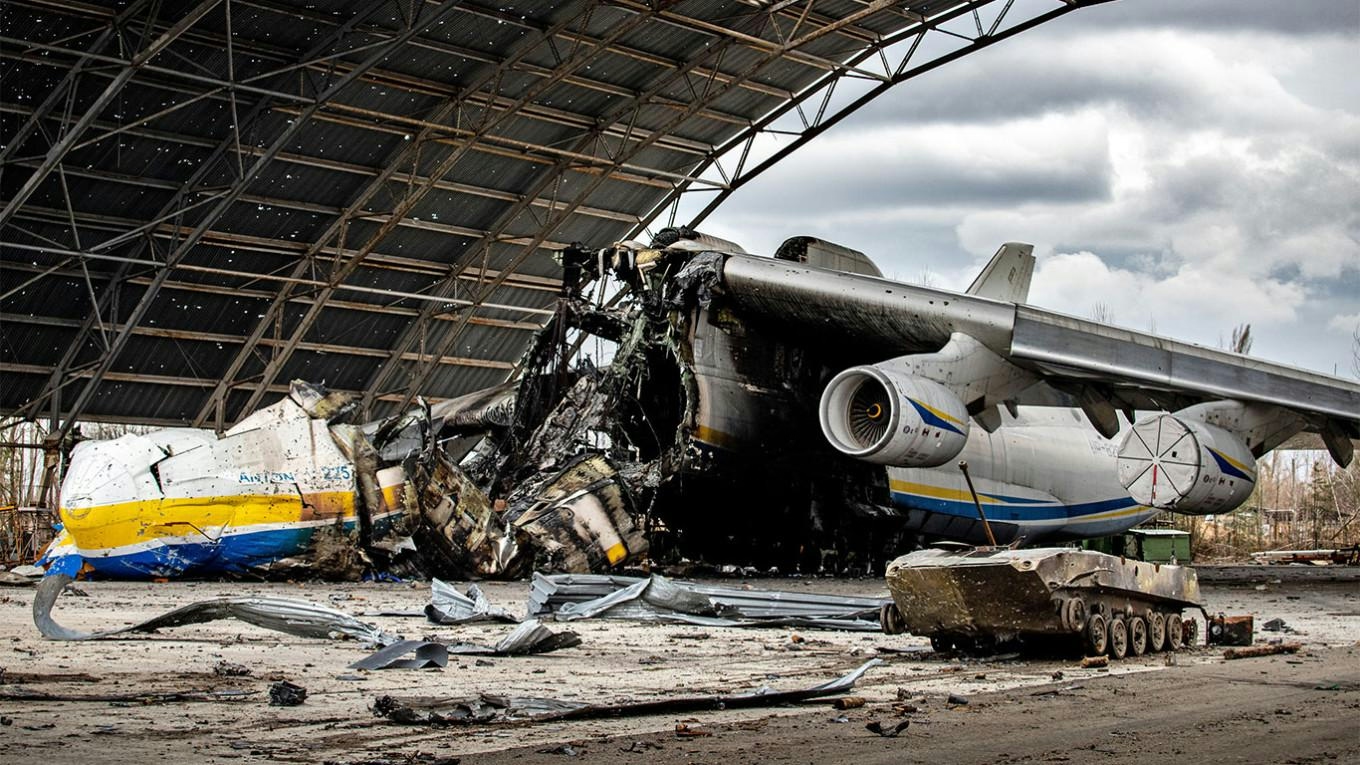
AeroGenie — Seu copiloto inteligente.
Tendências
Categories
Korean Air to Open Heavy Maintenance Facility at Incheon Airport
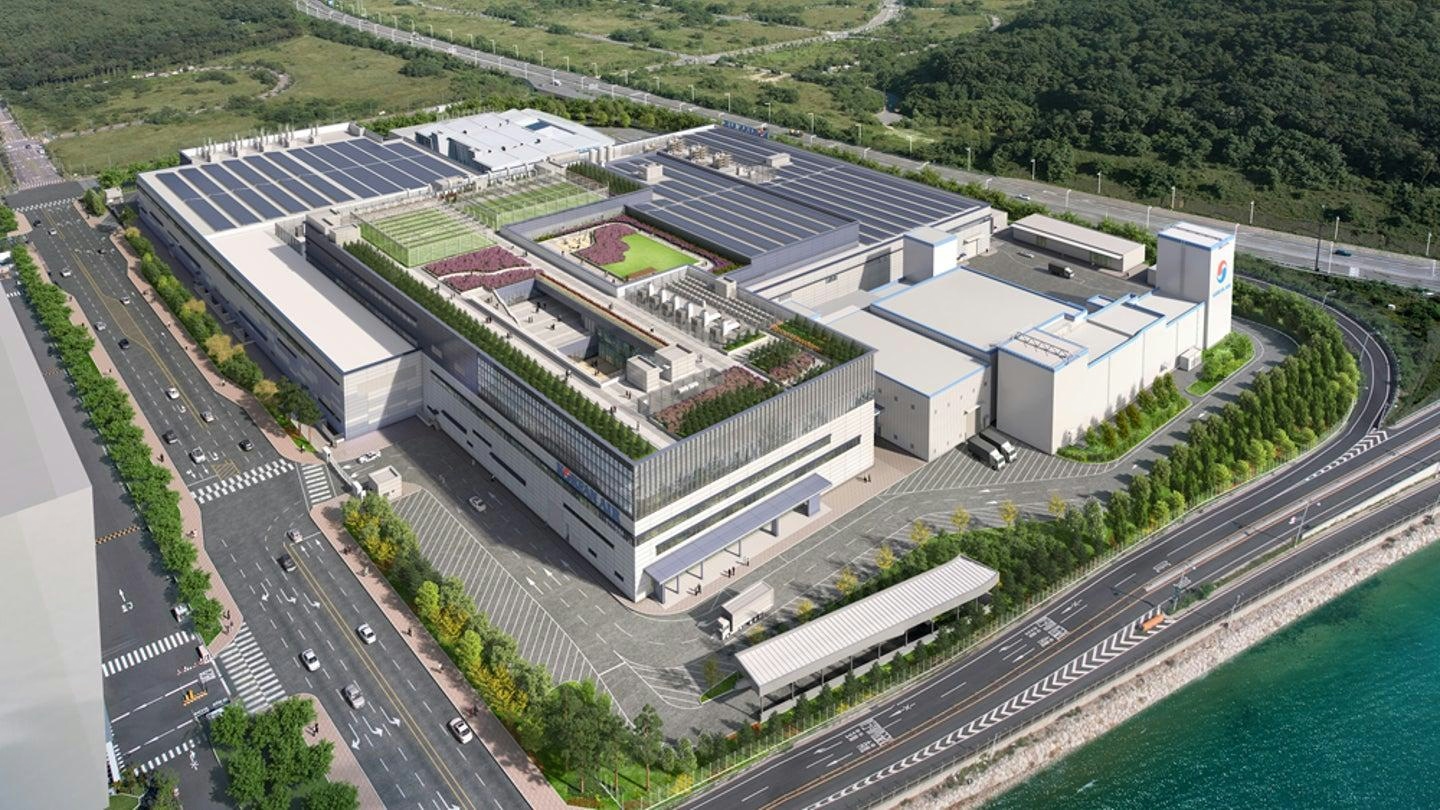
Korean Air to Establish Heavy Maintenance Facility at Incheon Airport by 2029
Korean Air is set to inaugurate a cutting-edge heavy maintenance facility at the Incheon Airport Advanced Aviation Complex, with operations scheduled to commence in the fourth quarter of 2029. This new development will support maintenance, repair, and overhaul (MRO) services for Korean Air, its subsidiaries, and other airlines, marking a significant expansion of South Korea’s aviation infrastructure.
Strategic Partnership and Facility Specifications
On June 24, Incheon International Airport Corporation (IIAC) and Korean Air formalized their collaboration through a signed agreement to invest in the facility. The ceremony was attended by prominent figures including IIAC President Lee Hak-jae and Korean Air Vice Chairman Kee Hong Woo, underscoring the importance of this initiative. The planned hangar will cover a 70,000-square-meter site and is engineered to handle simultaneous heavy maintenance for two wide-body aircraft and one narrow-body aircraft, with a total capacity of 2.5 bays. Beyond servicing Korean Air and its integrated subsidiaries such as Asiana Airlines, the facility will also cater to other carriers seeking comprehensive MRO services.
Integration within the Incheon Airport Advanced Aviation Complex
This maintenance facility forms a key component of the broader Incheon Airport Advanced Aviation Complex, currently under development on the northwest side of the airport’s fourth runway. Upon completion, the complex will span approximately 2,346,000 square meters and is envisioned as a world-class, one-stop MRO service hub. Recent investments within the complex include a cargo aircraft conversion facility by Israel Aerospace Industries (IAI), which is slated to begin full-scale operations next month, and South Korea’s first low-cost carrier maintenance facility operated by T’way Air. IIAC anticipates that the full operation of the Advanced Aviation Complex will shift a significant portion of overseas aircraft maintenance demand to South Korea, generate around 10 trillion won in economic output, and create approximately 5,000 jobs over the next decade.
Challenges and Industry Outlook
Despite the promising outlook, Korean Air’s ambitious project faces several challenges. The MRO sector is intensely competitive, with established global players already active in the region. Ensuring regulatory compliance and managing the substantial capital investment required for the facility will be critical. The project may attract increased scrutiny from competitors and stakeholders, particularly concerning operational efficiency and cost management. Rival MRO providers might respond by enhancing their own service capabilities, potentially triggering a competitive price war. Additionally, Korean Air will need to navigate logistical complexities as it integrates new technologies and processes into the facility.
Nevertheless, IIAC President Lee Hak-jae expressed strong confidence in the project’s future, emphasizing plans to attract investments from global MRO companies by leveraging Incheon Airport’s extensive aviation network. He stated, “Through these efforts, we aim to become one of the world’s top five MRO clusters within the next ten years.”
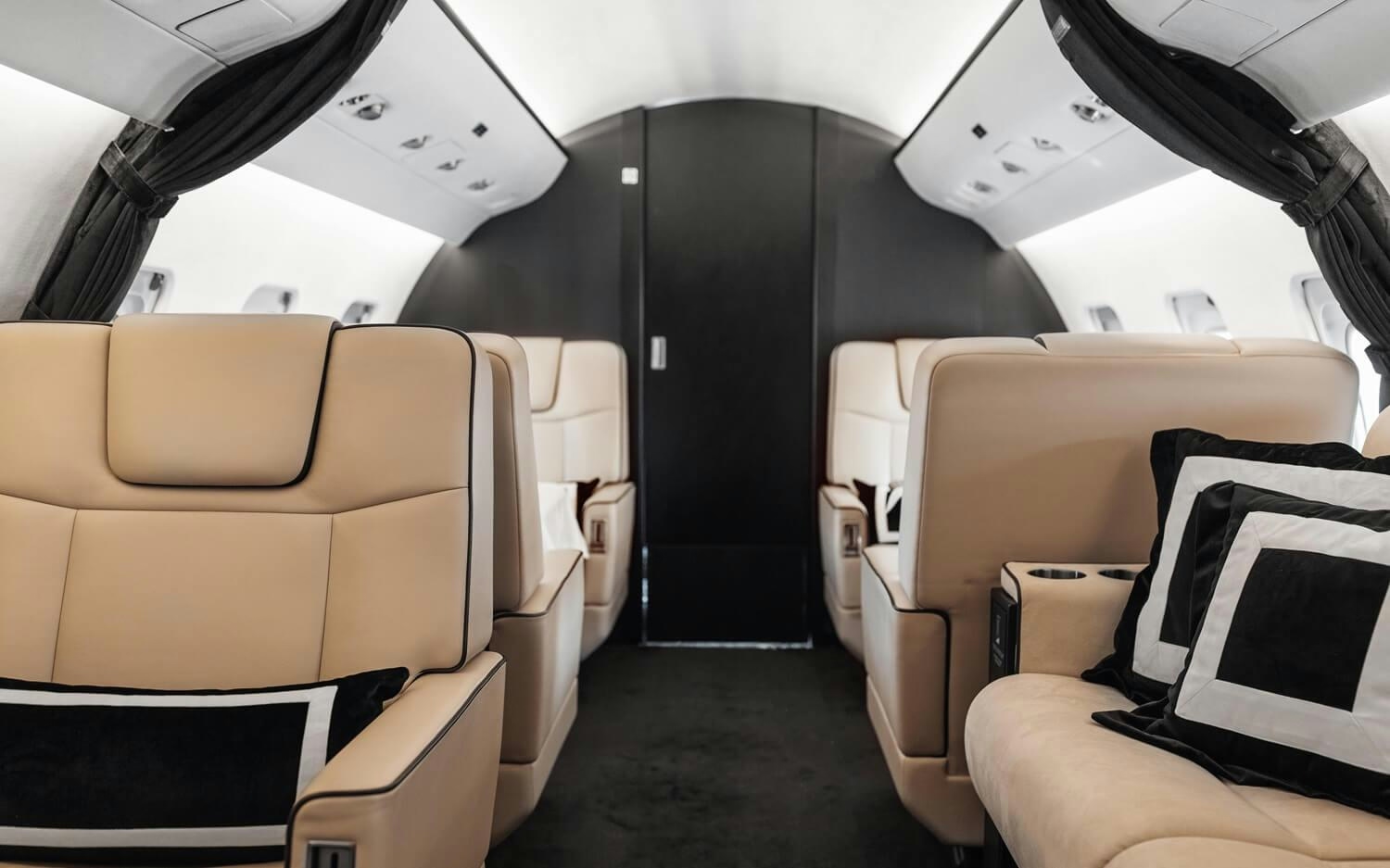
The Continued Importance of Charter Flight Cost and Time Estimators for Business Aviation
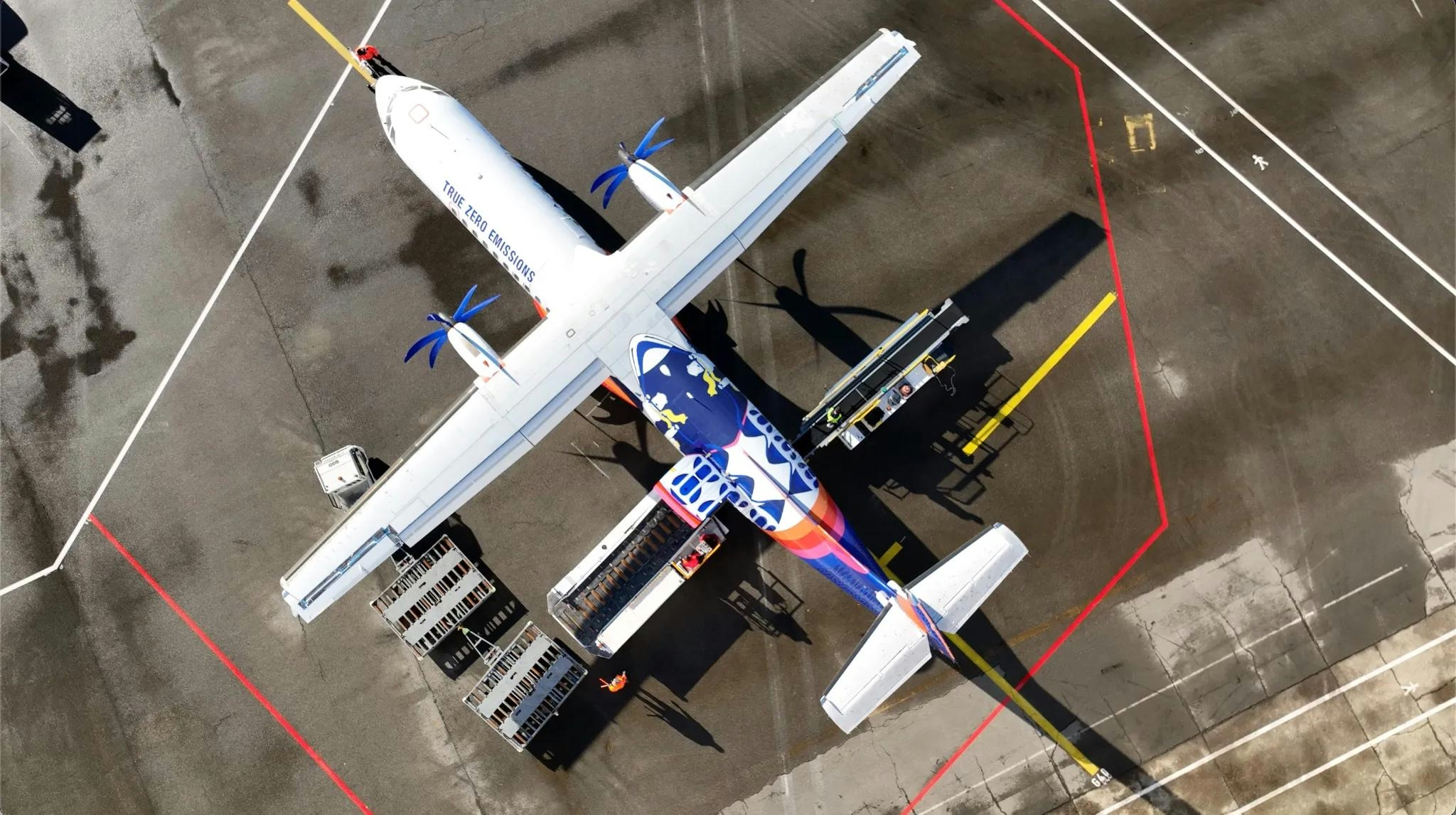
Pivot Airlines to Acquire First DHC-8-Q300 Aircraft

Global Aviation Market Projected to Reach $524 Billion by 2030

Boeing Subsidiary Unveils Pilotless Air Taxi
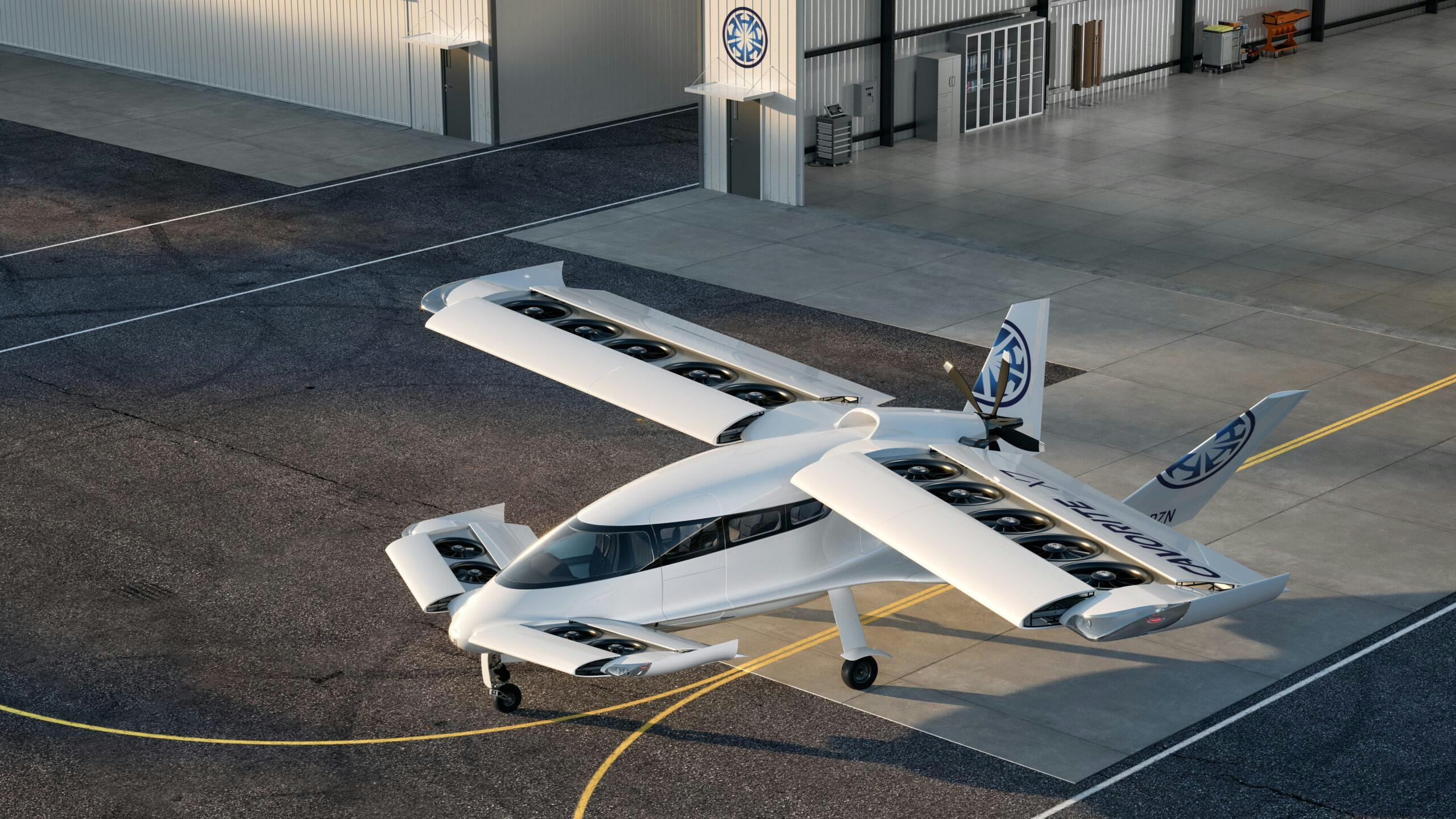
Horizon Progresses Cavorite X7 Toward IFR-Certified Flight

Comparing the Costs of the Boeing 747 and 787

UAE to Begin Drone Deliveries for Noon Minutes Orders
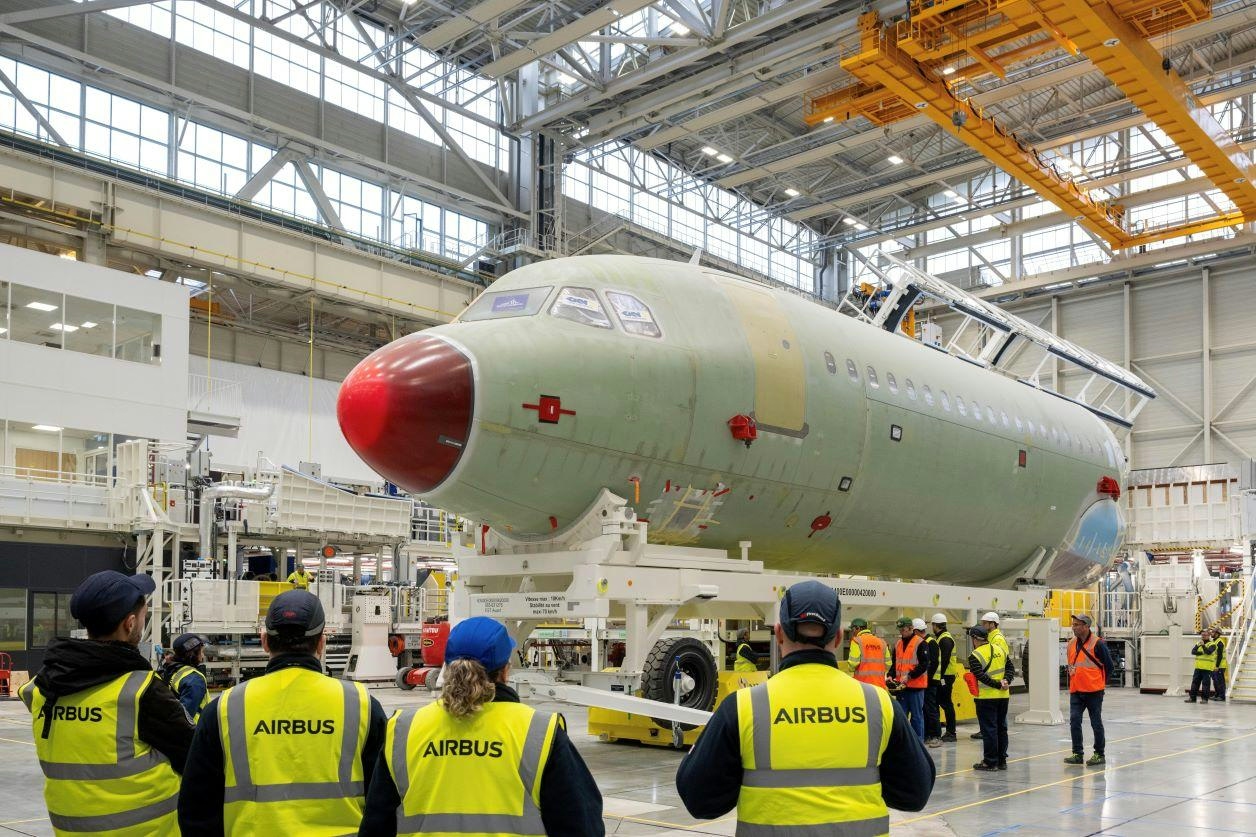
Airbus Project Strengthens Software Investment in Portugal
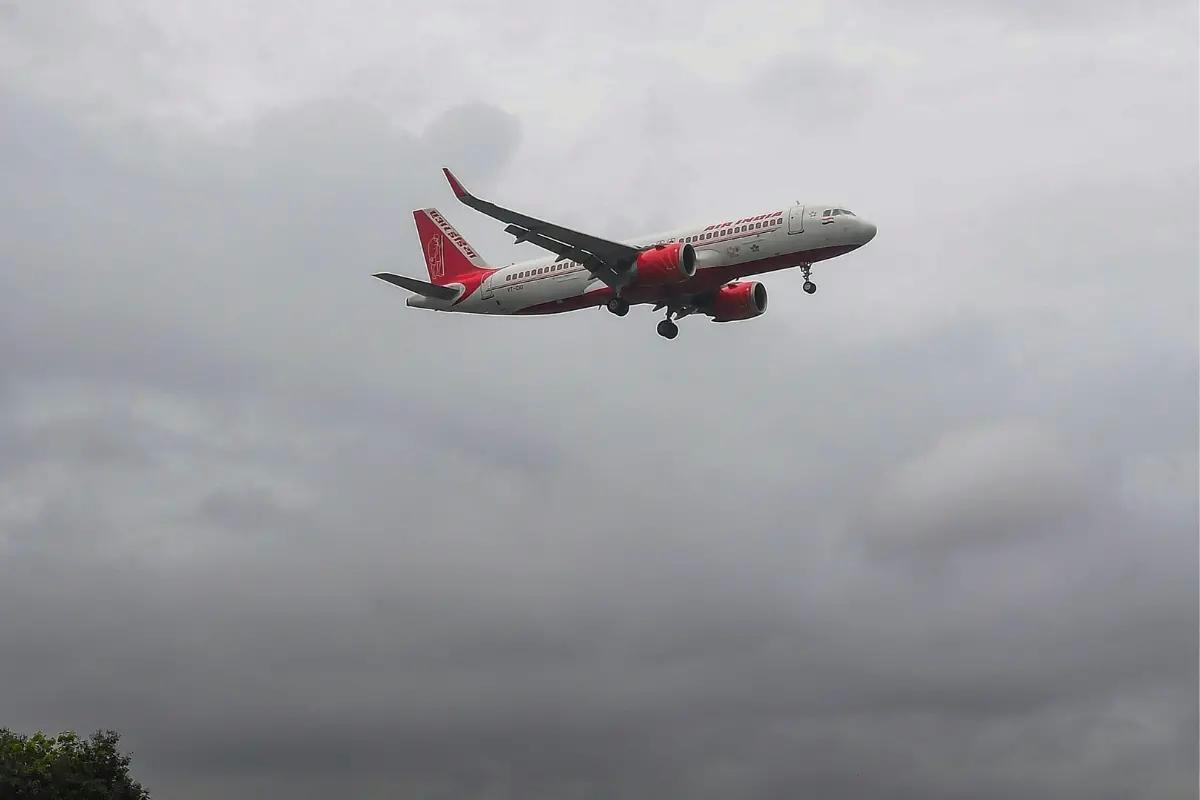
Air India CEO Predicts Visible Changes in 2026
